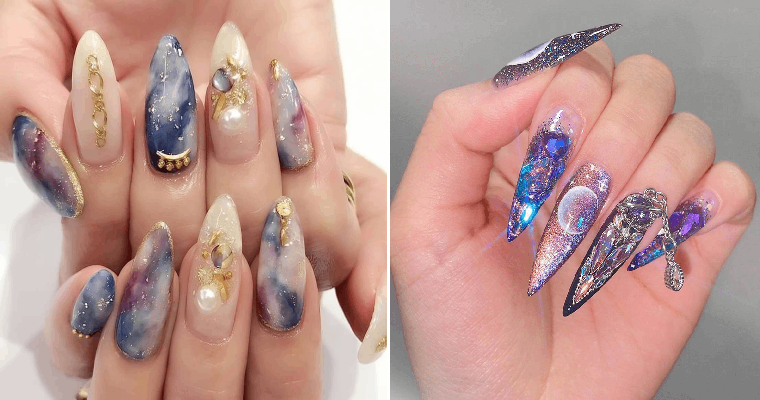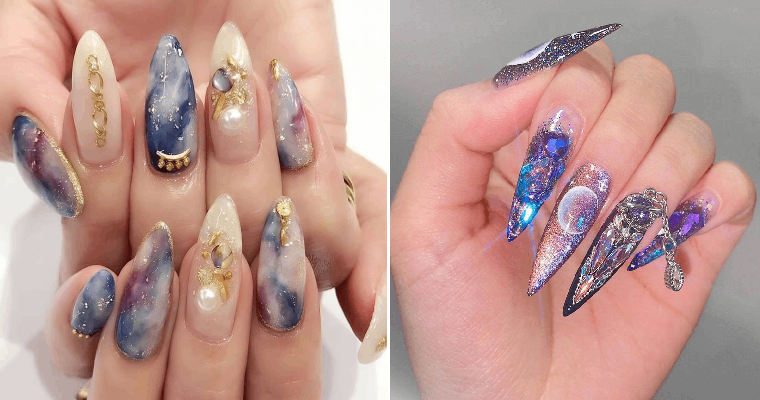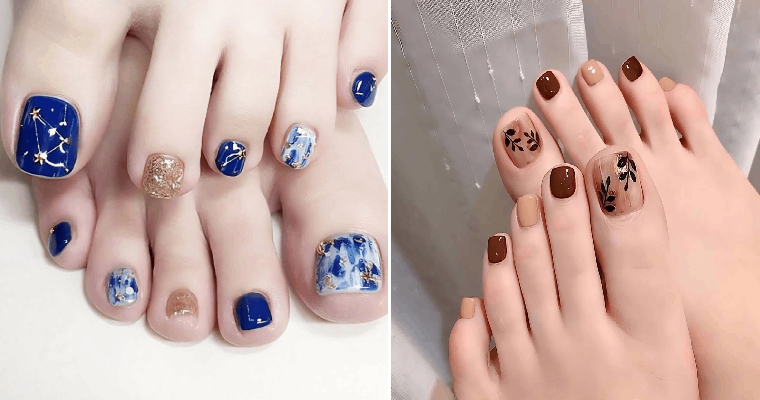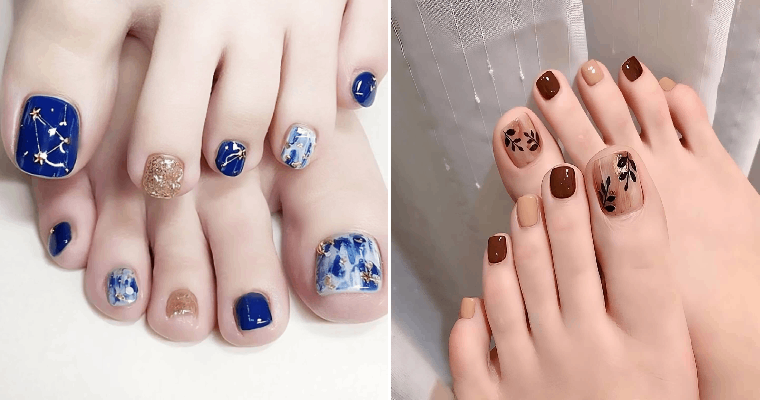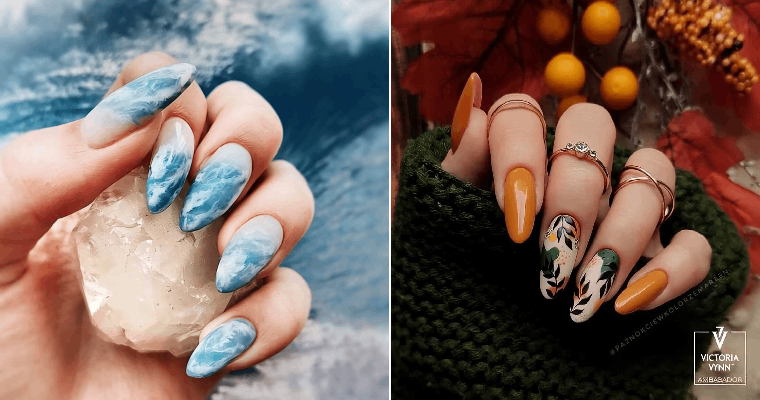SynopsisTattooing and piercing both carry a number of dangers. Scarring and getting infections such as HIV are examples of complications.
By Rashmi Ramesh
Tattoos and piercings have been around for ages, but it is only now that they are being embraced as ways of self-expression in society. While the focus is usually on the message the symbols, words and pieces of jewellery convey, many of us miss the potential health hazards associated with these forms of body modification. Both tattooing and piercing come with a host of risks. Complications can range from scarring to contracting infections such as HIV.
Dr Shireen Furtado, a consultant dermatologist in Bengaluru, said people can develop keloids (smooth, hard nodules formed when scar tissue grows excessively) after tattooing and piercing. Also, “after tattooing, you may have allergic reaction to the chemicals or metals in tattoo ink. This is especially common in coloured dyes. There is also the risk of contracting blood-borne diseases such as tetanus, hepatitis B, hepatitis C and HIV, and viral infections such as molluscum and warts if unsterile .
Mukta Sachdev, consultant dermatologist at Bengaluru’s Manipal Hospital, said any piercing runs the risk of bleeding, especially in areas of the body with a lot of blood vessels, such as the tongue. “Tongue or any other oral piercing can cause speech impediments and chipped teeth if the jewellery wears the tooth enamel away. There’s also a slightly higher risk of bleeding here compared with other piercing areas,” Sachdev said.
Furtado said tongue piercings can increase secretion of saliva, cause difficulty in food intake and can lead to accidental swallowing of the jewellery. Belly piercings usually take longer than others to heal and are prone to infections as some bacteria colonise in the belly button. Pierced nipples can cause mastitis (inflammation of breasts).
According to Sachdev, genital piercing can sometimes make sex and urination difficult and painful. As for the more common piercing areas, “ear cartilage piercings (at the top of the ear) are riskier than earlobe piercings. They can lead to infection and an abscess developing.
Nose piercings are riskier than earlobe piercings as the inner surface of the nose, which can’t be disinfected, holds bacteria that can cause infection”, she said.
Furtado said in piercings, there is a risk of formation of hypertrophic scars (caused when the body produces collagen excessively) or granulomas (reaction from the immune system when it cannot eliminate a substance it perceives as foreign).
“Here too, you could contract blood-borne diseases, develop allergic contact dermatitis due to the presence of certain metals in the jewellery, such as nickel, and contract bacterial infections such as folliculitis and pseudomonas that can cause scarring. Inflammation or nerve damage can be caused if the piercing isn’t positioned properly,” she said.
“There is also the possibility of having MRI complications: occasionally, chemicals in tattoo ink can cause swelling or burn the skin when exposed to radiation. Another complication that may arise is called koebnerisation. This can occur if a person has a skin condition such as psoriasis. After getting a tattoo, the skin condition may spread to the tattooed area, usually along the margins of the tattoo. There have also been reports of basal cell cancer and squamous cell cancer developing in tattooed areas,” Furtado said.
HYGIENE… AND HEALTH
Veer Hegde, founder tattoo artist at Eternal Expression Tattoo and Piercing Studio, Bengaluru, said that before getting a tattoo or a piercing, it is important to learn about the tattoo artist, piercer or doctor. “Ask around or look up reviews online and check the studio and the artist’s reputation,” he said. “Tattooing is a blend of art and surgery. It is very important to pick a good artist. Reputation is everything: it covers hygiene standards — every single thing that comes in contact with your skin must be sterilised — then the cost of the procedure and also the expertise of the artist. Imagine how you’d pick a doctor to perform a surgery — think of all the bases you’d cover to pick one… I have people coming into the studio and the first thing they ask me is how much I charge per square. That should not be your only criterion to pick an artist. Some artists tend to open the window to let air in, or answer phone calls during the procedure — all that is a strict no. Expertise usually comes with experience.

Before you get a tattoo, think twice about whether you really want it. (Image: Reuters)According to Sachdev, piercings are best done by experts in clean, hygienic areas. “To avoid complications as much as possible, it is always better to have a body piercing done by a trained, experienced medical professional in a sterile medical setting — preferably a hospital setting — with all aseptic precautions and sterility,” Sachdev said.
Furtado too stressed on hygiene. “The needle and ink used for tattooing should be sterile and new, as must be the instrument used for piercing. The tattoo artist or piercer must wash her/his hands and wear clean gloves, as well as follow hygienic practices like sterilising the equipment before each procedure,” she said.
SOME PRECAUTIONS
“As for safe metals that can be used for piercings, I suggest surgical-grade stainless steel, 24 karat gold or silver. While I think rings are better than studs, since the former allows free movement, it is up to the individual to make the choice,” Furtado said.
To determine if a person is allergic to any metal in tattoo dyes, she said a patch test or a photo patch test must be administered by a doctor.
Hegde said the person getting the tattoo or piercing must not be under the influence of alcohol or drugs. “Also, do not try to do the procedures yourself or have a friend do it.
Once you have decided to get a tattoo, you must remember not to tattoo in areas where there are active skin infections, over a major blood vessel and in bony areas like the ankle, Sachdev said. “Healing can take much longer in bony areas as there is much less fat under the skin and less blood supply,” she said, adding that one should also be vary of the colours integrated into the tattoo, as sometimes, mixing two or more colours can cause problems. She said it is advisable not to change the stud or ring for at least four to six weeks until the piercing site has healed completely. There is usually a one-year waiting period between getting a tattoo and donating blood.
ARE YOU A CANDIDATE?
While black-coloured tattoos and piercings done by professionals are usually safe for most people, people with heart problems, epilepsy, diabetes, hemophilia, or those who have had organ transplant or are on blood thinners should not get them. It is also not recommended for pregnant and nursing women, Furtado said.
BE SURE YOU WANT ITSachdev said: “Before you get a tattoo, you must think twice about whether you really want it. Several people get drunk, get a tattoo and regret it in the morning. Many others regret their tattoos five or ten years down the line. And several people tattoo the names of their partner,regretting the decision when they break up. A very large number of people — I’d say about 80-90% — regret their tattoos. It is far more tedious, more expensive and difficult to get a laser removal than it is to get a tattoo. This is why I insist that people be really sure before getting one,” she said.

Remember not to get a tattoo over a major blood vessel or in bony areas like the ankle. (Image: Reuters)
The psychological element of getting a tattoo or a piercing must also be considered. “Some employers may not want candidates with a visible tattoo or piercing. Some people have a societal image to live up to. All this must be considered,’’ Sachdev said.
REMOVAL PROCEDURES
If you decide to get rid of what you have, there are safe procedures for that too. For piercings, do not try to remove the jewellery yourself. Consult your piercers and ask them to do it. For tattoos, there are several removal options, such as laser treatments and dermabrasion.“Black tattoos are the easiest to remove, and the procedure is usually done with a Q-pulsed Nd:YAG laser. Different coloured tattoos require different types of laser for removal. While the removal takes several sittings spread over months to fade away to a large extent (it may not be completely removed), it is usually not painful — the pain factor is similar to a rubber band twanging the skin,” Furtado said.
Dermabrasion, which involves the removal of superficial layers of skin with an abrasive tool, can be done for surface tattoos. “However, after a few years, the tattoo ink starts to deposit itself into deeper layers of the skin — in such cases, dermabrasion cannot be used,” she said.
If you do not want to remove the tattoo, but also do not want to keep the current design, you could ask your tattoo artist to camouflage it. Usually, a new pattern can be drawn over the current one to change it or skin-coloured pigments can be injected to cover a tattoo.



